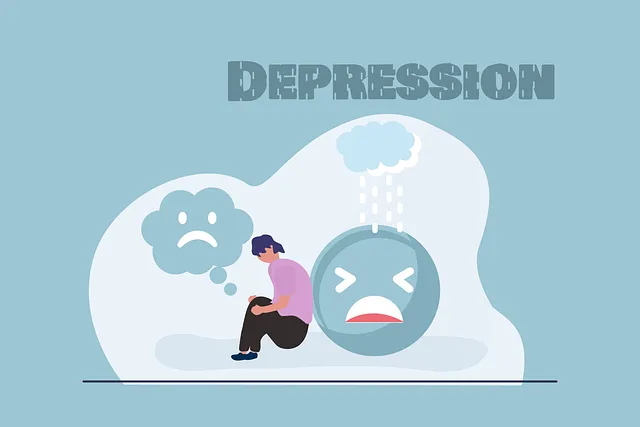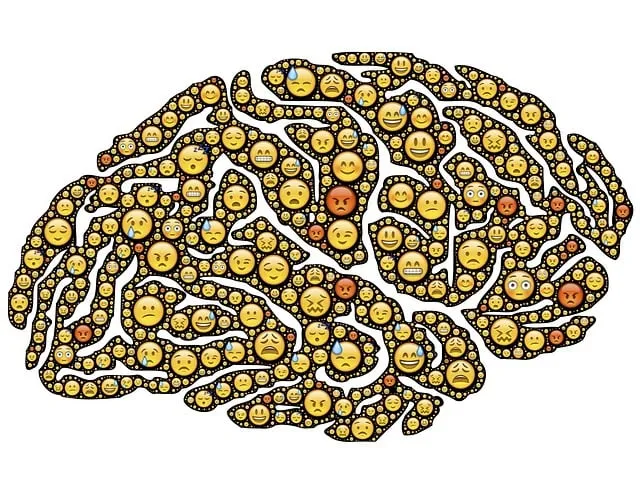Boulder's Kaiser provides leading mental health services, utilizing comprehensive risk assessment strategies and harm minimization plans. They identify hazards like personal history and stress factors through tools, then develop tailored mitigation strategies. Public awareness campaigns on stress management and mindfulness complement their approach. By prioritizing staff well-being and cultural sensitivity, Kaiser creates a supportive environment for positive mental health outcomes. Their workshops, training, and support groups empower both staff and clients with effective coping strategies, fostering a culture of safety and well-being in Boulder.
In today’s complex healthcare landscape, especially within mental health services, risk assessment and harm minimization are paramount. This article guides you through essential strategies for navigating these critical aspects at organizations like Kaiser, even in seemingly stable environments like Boulder. We explore key areas such as understanding foundational risk assessment practices, identifying unique hazards in mental health settings, developing robust harm minimization plans, implementing safe practices, and leveraging training and resources to mitigate risks effectively.
- Understanding Risk Assessment: A Foundation for Harm Minimization
- Identifying Potential Hazards in Mental Health Services
- Developing a Comprehensive Harm Minimization Plan
- Implementing and Monitoring Strategies for Safe Practice
- The Role of Training and Resources in Mitigating Risks
Understanding Risk Assessment: A Foundation for Harm Minimization

Understanding Risk assessment is a fundamental step in harm minimization planning. It involves identifying potential hazards and evaluating their likelihood and potential impact on individuals or communities. This process, often referred to as a risk analysis, allows for proactive measures to mitigate risks and prevent harm. By thoroughly assessing risks, organizations like Boulder does Kaiser offer mental health services can develop effective strategies tailored to specific challenges.
In the context of mental health, risk assessment tools help identify factors contributing to distress or deterioration. These may include personal history, current stressors, social support systems, and coping mechanisms. For instance, Public Awareness Campaigns Development focused on promoting Stress Management and Mindfulness Meditation can significantly contribute to harm minimization by increasing public awareness about these effective coping strategies.
Identifying Potential Hazards in Mental Health Services

In the realm of mental health services, identifying potential hazards is a multifaceted process that demands vigilance and expertise. Organizations like Kaiser in Boulder take this responsibility seriously, offering comprehensive care while navigating complex challenges. One key aspect involves understanding the unique risks associated with diverse patient populations. For instance, cultural sensitivity in mental healthcare practice plays a crucial role in ensuring effective treatment, as it accounts for varying beliefs, values, and communication styles that may impact therapy outcomes.
Moreover, the environment within mental health facilities can also pose hazards, from staff burnout to potential safety risks for patients. Mental wellness podcast series production often highlights these issues, fostering Mental Health Awareness. By proactively identifying and addressing these hazards, healthcare providers in Boulder, such as Kaiser, strive to create a safe and supportive environment that promotes positive mental health outcomes, catering to the diverse needs of their patient community.
Developing a Comprehensive Harm Minimization Plan

Developing a comprehensive harm minimization plan is a proactive approach to ensuring the well-being of individuals, particularly in settings where risks may be prevalent. At Kaiser, for instance, Boulder locations offer mental health services that can play a pivotal role in this process. This involves a multi-faceted strategy that addresses not just immediate dangers but also long-term emotional and psychological well-being.
Such a plan should incorporate self-care practices grounded in mind over matter principles, empowering individuals to manage stress and promote resilience. Communication strategies are another critical component, enabling early identification of concerns and facilitating open dialogues that can prevent harm. By integrating these approaches, communities and organizations can create a supportive environment where individuals feel equipped to navigate challenges, ultimately fostering a safer and healthier atmosphere.
Implementing and Monitoring Strategies for Safe Practice

In implementing strategies for safe practice, organizations like Kaiser in Boulder take a proactive approach to risk assessment and harm minimization. This involves identifying potential hazards within their mental health services and developing comprehensive plans to mitigate those risks. One key strategy is fostering positive thinking and emotional regulation among staff and clients through workshops, training sessions, and support groups. By equipping individuals with tools for managing stress and adversity, Kaiser aims to create a safer, more supportive environment.
Additionally, the Community Outreach Program plays a vital role in monitoring and enhancing these safe practices. Regular assessments are conducted to gauge the effectiveness of implemented strategies, ensuring they remain up-to-date and relevant. This ongoing monitoring allows Kaiser to adapt quickly to changing circumstances, thus better serving its clients and maintaining high standards of care. The integration of such initiatives showcases Kaiser’s commitment to not just providing mental health services but also fostering a culture of safety and well-being in the Boulder community.
The Role of Training and Resources in Mitigating Risks

Effective risk assessment and harm minimization planning heavily rely on robust training and resources within organizations, particularly in mental health services, such as those offered by Kaiser in Boulder. Mental health professionals play a crucial role in identifying potential risks and implementing strategies to mitigate them. Comprehensive training equips them with the knowledge and skills to navigate complex situations, fostering empathy building strategies that are essential for providing quality care.
By investing in regular workshops, seminars, and accessible resources, organizations like Kaiser can enhance their risk management planning. This includes staying up-to-date with best practices, research findings, and public awareness campaigns development focused on mental health. Such initiatives not only strengthen the professional’s capability to handle risks but also contribute to a broader culture of safety and well-being within the organization.
Boulder does Kaiser offer mental health services that prioritize risk assessment and harm minimization? Absolutely. By understanding key concepts, identifying potential hazards, developing robust plans, implementing safe practices, and leveraging training and resources, Kaiser’s approach ensures a comprehensive and responsible delivery of mental health care. This strategic framework not only protects patients but also fosters a culture of safety within the organization, making Kaiser a leader in evidence-based harm minimization strategies.






